Ethiopia
There is an uneasy calm in Ethiopia’s Oromia region following the deaths of fifteen civilians at the hands of federal security forces. About a dozen others are said to have suffered gunshot wounds.
The Addis Standard news portal cited the Oromia region communications Bureau chief, Addisu Arega Kitessa, as implicating members of the national defense force, adding that a probe was underway to ascertain how peaceful civilians had been killed.
Adissu Arega said people in the region’s east Hararghe zone had hit the streets to protest the killing of an individual leading to the latest clashes that have claimed more lives.
Locals told the Addis Standard portal that a notorious paramilitary force – the Liyu Police – were to blame for the death of the individual, for which reason they staged the protest.
The security forces were said to have applied superior force to dismantle road blocks in other parts of the region. Hospital staff in the city of Dire Dawa confirmed that a dozen other people had been treated for gunshot wounds.
“On December 09, 2017; residents of Babile and Moyale towns in east Hararghe and southern Ethiopia respectively have told the VOA Amharic that there were everyday killings committed by members of the Liyu police.
“Several pictures showing wounds of gun shots and dead bodies are circulating in Ethiopia’s social media space,” Addis Standard noted in its report on the situation.
The Oromia region was the heartbeat of anti-government protests that hit Ethiopia in late 2015 through the better part of 2016. The protests spread to the Amhara region leading to deaths after a violent security crackdown.
The widening protests led to the imposition of a six-month state of emergency in October 2016. It, however, lasted 10 months after the parliament voted an extension after the initial expiration in April this year. It was eventually lifted in August 2017.



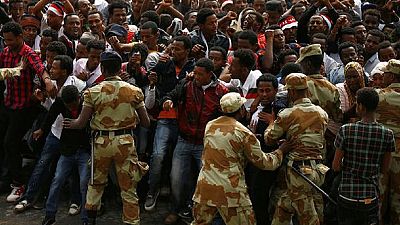



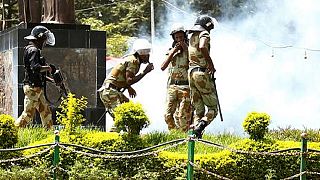
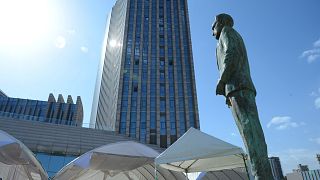

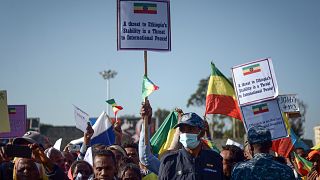
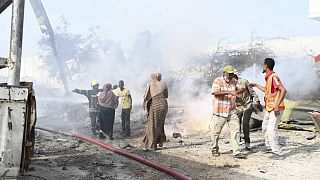


01:12
ECOWAS calls for restraint in violent protests in Togo
Go to video
Families grapple with life in the wake of the Israel-Iran Conflict
01:39
Family of Kenyan man shot at close range by police demands accountability
00:57
Kenyan police officer arrested for shooting unarmed man in the head
01:10
Kenya's deputy police chief steps aside amid probe into blogger's death
00:41
Devastating floods in Eastern Cape Leave 78 dead as rescue efforts continue